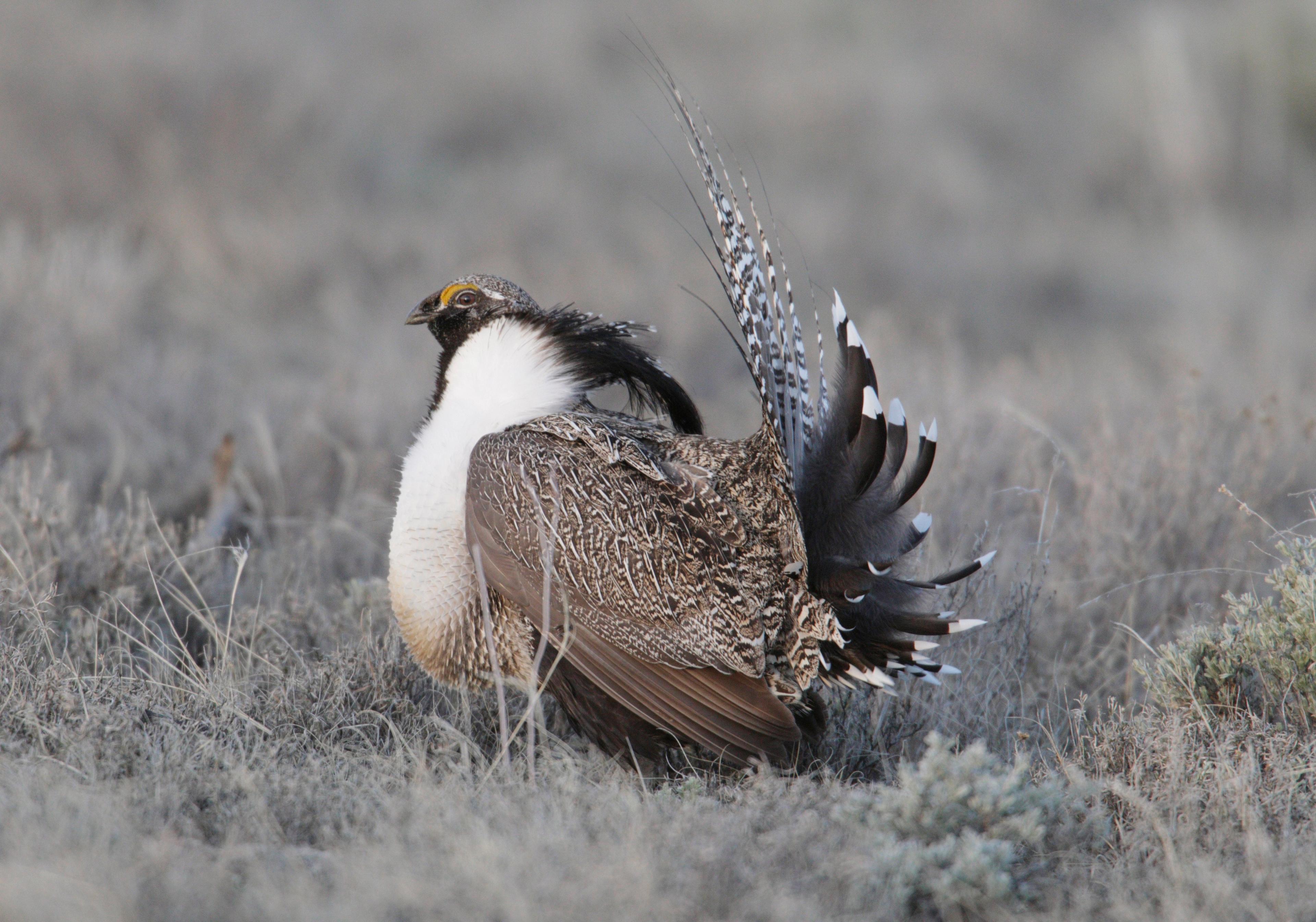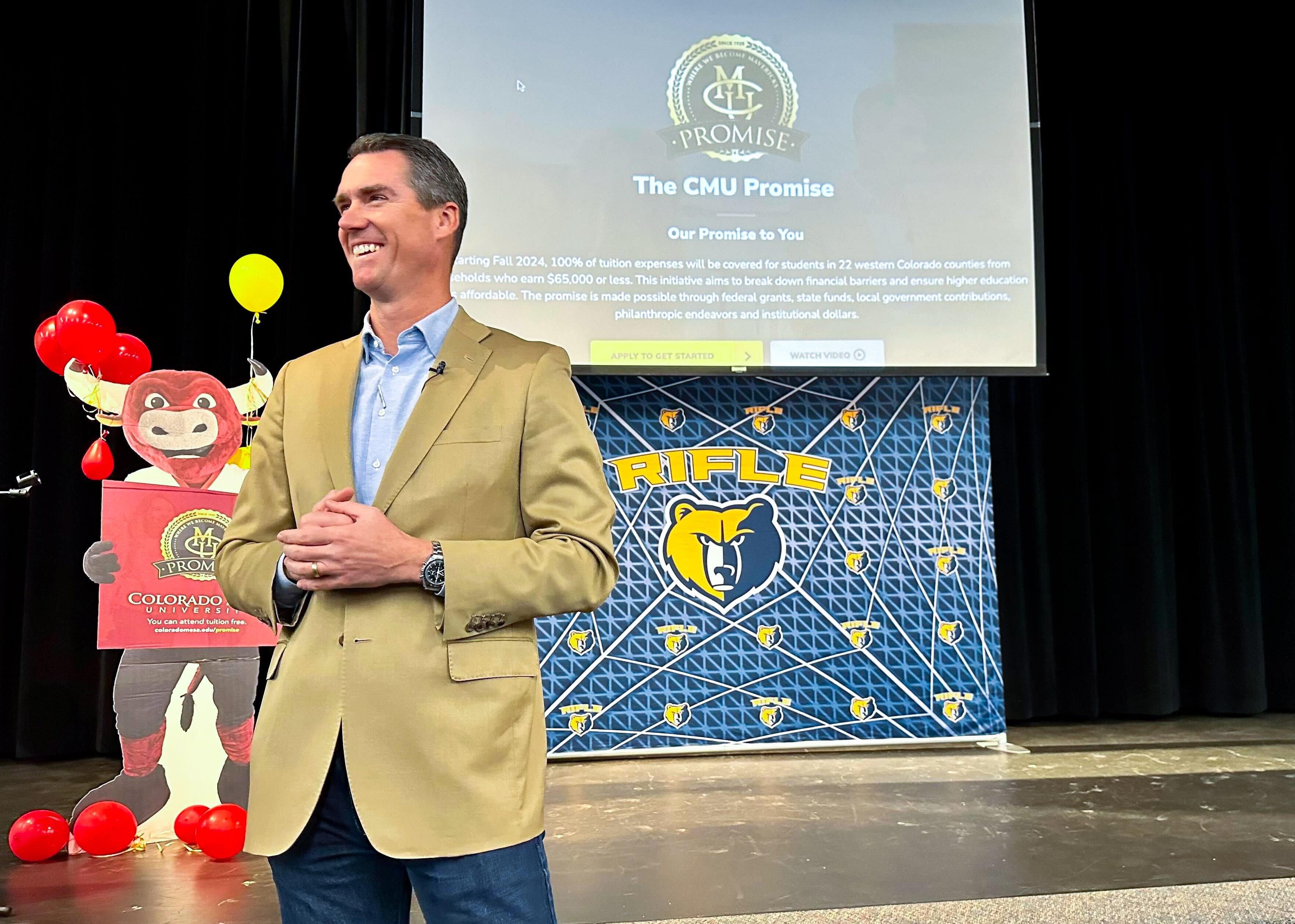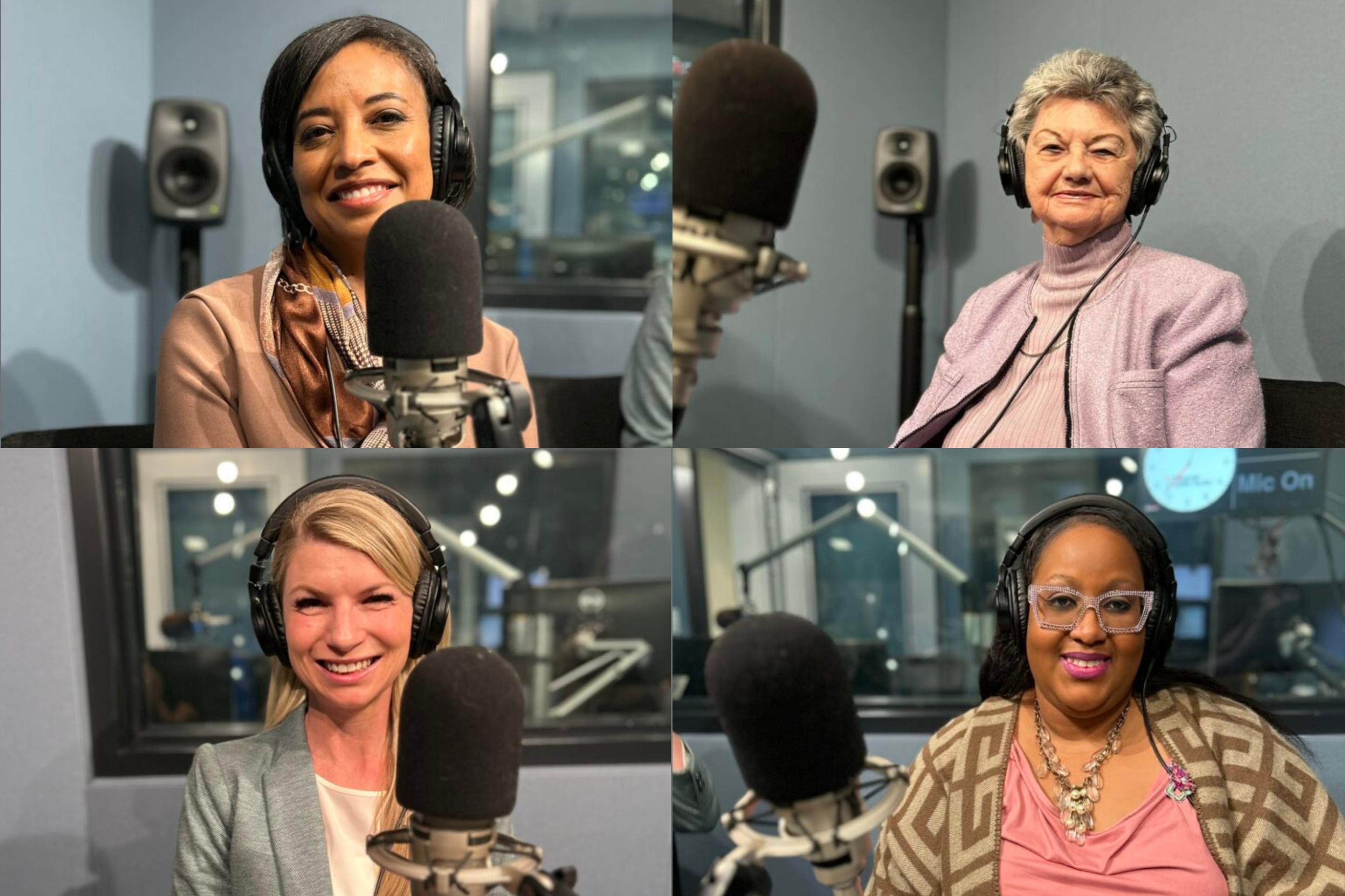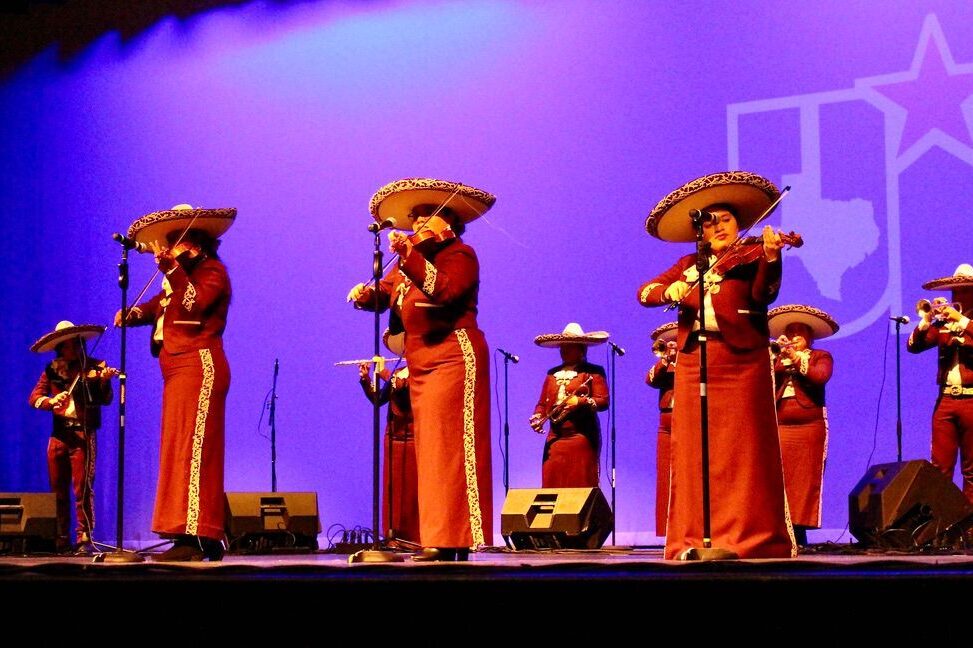
The federal government is once again deciding whether the Gunnison Sage Grouse should be on the endangered species list, even though Colorado has already spent nearly $50 million trying to help it. The bird lives mostly in the southwestern part of the state. A big factor has to do with where it dances and mates.
Click here to learn more about the Gunnison Sage Grouse and the US Fish & Wildlife Service, the agency deciding whether the bird qualifies as an endangered species.
This is a transcript of Elise Thatcher's report:
Reporter Elise Thatcher: Kathy Griffin has a certain fondness for the Gunnison Sage Grouse.
Kathy Griffin: It’s got this ruffle of white feathers around its neck; little bigger than a chicken and has kind of the body shape of a chicken.
Reporter: She’s the head biologist in the state’s lengthy effort to protect the bird—and describes what it’s like when the males do their mating dance.
Griffin: It’s exciting because you, you have to get out there before sunrise, and you can’t see anything, it’s dark. But you’ll start hearing the noise of the popping sound.
Sound of birds dancing, clucking
Griffin: The males will start, you know, "here comes a female and I’m gonna be the biggest and best in front of it," and the other ones are trying to get the attention too.
Song "Let's Get It On," by Marvin Gaye
Reporter: Just like the scene at your local singles bar. By the way, it’s too early in the year to see the birds dance, so that bubbling sound is from a 2009 Cornell University recording. Gunnison Sage Grouse are very loyal to their mating grounds, but they won’t go back if there are new roads or construction. To make matters worse, they don’t seem to find new places to meet partners. So Colorado has spent millions trying to protect the bird’s habitat. And Randy Hampton, with the State Division of Parks and Wildlife, says it’s not just about money.
Randy Hampton: Years of time, energy, and hard work on the ground, not only for our agency, but local landowners, researchers, county governments.
Reporter: Those folks have done everything from changing how animals graze to raising chicks and finding new homes for them. Part of the idea was to avoid an endangered species listing, which has already been on the table twice. The feds decided in 2010 that the bird did qualify, but there were too many other species already in line. A 2011 settlement forced them to take another look. Again, Randy Hampton.
Hampton: We’re disappointed. An endangered listing, in very basic terms, means that the federal government takes over the management of all of those critters.
Reporter: The state admits the Gunnison Sage Grouse population appears to be going down. But Hampton worries that if the feds are in charge, they’ll lose an important group of allies—private landowners. Rancher Greg Peterson agrees. He runs cattle in the Gunnison Basin, where most of the birds live. For more than ten years, Peterson has voluntarily agreed to make sure his cattle don’t overgraze the bird’s habitat. He plans to keep doing that, but he wonders about his neighbors.
Greg Peterson: The whole reason of the Endangered Species Act is to be more regulatory, and I’m not so sure how some people are gonna to react if they start having the carrot replaced with the club.
Reporter: He’s also nervous that an endangered listing could be used, one day, to end grazing on public lands. Patty Gelatt is with the US Fish and Wildlife Service, the agency deciding whether to list the bird. She tried to reassure residents at a recent public meeting.
Patty Gelatt: This isn’t about eliminating grazing on public lands; agricultural practices will continue; we don’t take private property.
Reporter: A listing does require the feds to make sure Gunnison Sage Grouse aren’t harmed by what people do on public lands. Private landowners would have to make sure they don’t hurt or kill the bird--that is, without special permission. Sue Navy, with the High Country Citizens’ Alliance, supports an endangered listing. For years, her Crested Butte environmental group backed the state’s efforts to go it alone.
Sue Navy: But after awhile we realized that it just wasn’t going far enough and yeah, maybe some federal assistance would be valuable here. And so we changed our position.
Reporter: Next Tuesday was supposed to be the deadline for public comments on the endangered listing, but federal officials decided late last week to move it back, after many requests for more time. A decision is expected this fall.
[Photo: Mike Danzenbaker]








